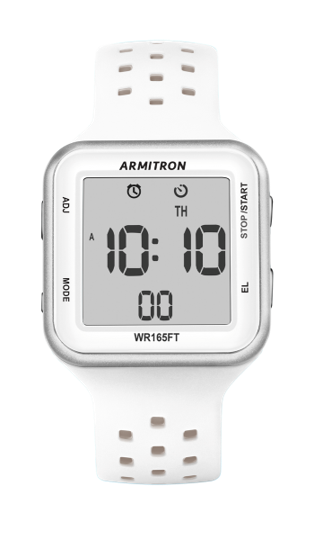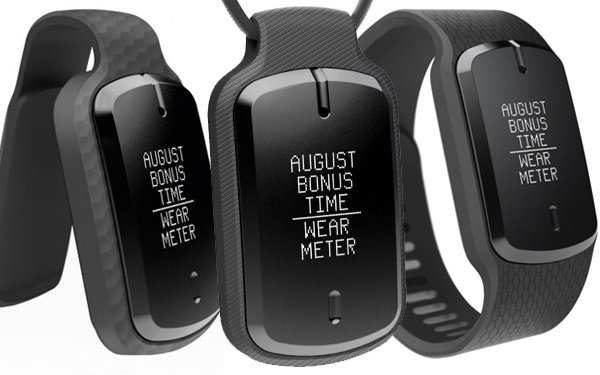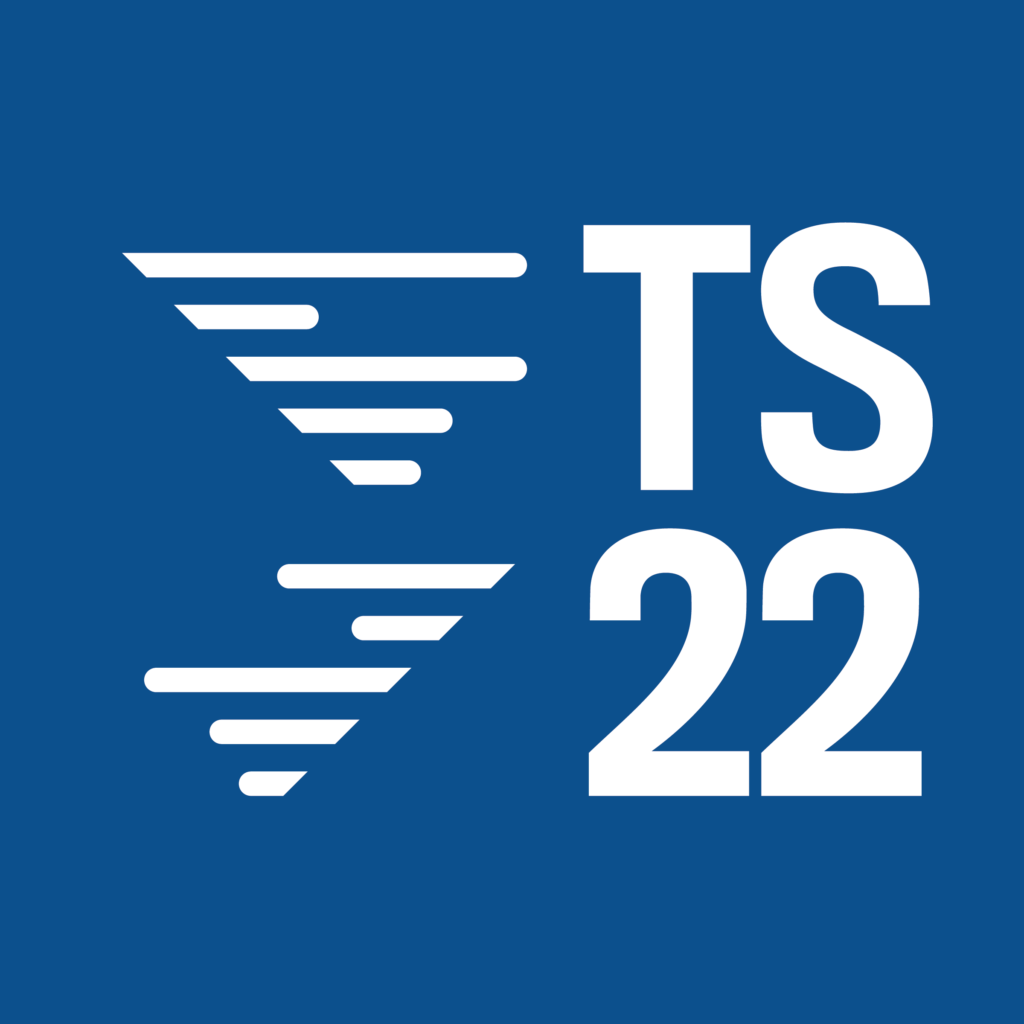
Thanks to COVID, we’re playing more board games than ever. Even as the pandemic abates, consumers are passing the time playing all sorts of games, including those with tokens, dice, spinners, and play money.
Radio programmers were ahead of this trend, always enthusiastic about game play – especially with the ratings. In the “olden days” (better known as BM – Before Meters), programmers tried their damndest to game the paper diary system. That’s why big giveaways and programming spectaculars aired on Thursday – the first day of the diary book. Through Arbitron analytics, smart PDs picked up clues about the methodology, and how they might make tactical changes to their clocks to foster higher ratings.
Of course, there was the study of the diarykeeper’s mindset. Did she fill out those listening logs in real time, wait until nighttime or even the end of the survey week to complete the process? Was there someone in the household who got the unpopular task of filling out diaries for the entire family? And what about the respondent whose job setting was a large workplace where control of the radio was a huge factor?
Oftentimes, a trip to Arbitron headquarters to conduct a “diary review” got the green light from corporate. There you’d sit – in a small room in Beltsville, Laurel, or Columbia, Maryland (Arbitron moved around a lot), sifting through boxes of diaries, arranged by county, making sure the Arbitron staff was attributing listening correctly, especially when a diarykeeper wrote down a slogan, rather than the official call letters or frequency.
If you weren’t careful, you’d end up going down a “rabbit hole” – better known as “diary comments.” On the back of each diary was space for respondents to make comments about anything they liked – what it was like to fill out a radio listening diary or their reflections and quips about individual stations or personalities. Sometimes, their comments were detailed and even helpful. Other times, comments like this one would make you tear your hair out – that is, if you worked for KS97:
“Usually I listen to KS97 and my favorite morning show, Bugs and Friends. But for some reason this week, I got real busy and forgot to tune in.”
 To this day, programmers in nearly 200 markets play these games, frontloading promotions to the early weeks and months, as well as adjusting their promo language and outside marketing to be congruent with the odd machinations of human recall. After all, if a respondent thinks of your station while filling out a diary in the kitchen, those refrigerator magnets paid for themselves. Back in the ’80s, an oddly named watch brand – Armitron – suddenly got popular all over the U.S, as stations gave them away left and right, hoping to plant a subliminal ratings message or reminder in their listeners’ brain.
To this day, programmers in nearly 200 markets play these games, frontloading promotions to the early weeks and months, as well as adjusting their promo language and outside marketing to be congruent with the odd machinations of human recall. After all, if a respondent thinks of your station while filling out a diary in the kitchen, those refrigerator magnets paid for themselves. Back in the ’80s, an oddly named watch brand – Armitron – suddenly got popular all over the U.S, as stations gave them away left and right, hoping to plant a subliminal ratings message or reminder in their listeners’ brain.
The fake Arbitron person who serves as millions of diarykeepers’ contacts in the company is “Chris Johnson,” a generic, nondescript name that would work for personalities anywhere and everywhere. And of course, DJs, weather and traffic reporters began to be named “Chris Johnson” at stations all over the country.

But all the diary tricks and lengths stations would go to in order to aid and abet a “good book” had little actual impact on the quality of radio that listeners heard. Everyone strove to have the very best personalities and shows at all times of the day – and even at night. Back in the day, just about every station budgeted for outside marketing and promotion – TV ads, billboards, contests, bumper stickers, branded merch, and even newspaper ads. In every market, many stations were competitive, investing in their product, its marketing, and its brand among advertisers and audience.
(Hey all you PDs, Nielsen Florist in Darien, Connecticut, would be more than happy to fill your orders for bouquets, corsages, and houseplants. Contact them here.) 
Now, welcome to the PPM Game, the pastime that has captivated the attention of the best and brightest programmers in the nation’s biggest markets for the better part of the last 15 years. Every brilliant idea that’s come up in a brainstorm, promotion, or programming meeting during this critical time in broadcast radio’s competitive landscape has been held up against the so-called “PPM Rules.”
Does it pass the “PPM rapid test?” That is, is it “PPM friendly?” 
Is there any chance it may foster meter migration? Will it interrupt a station’s continuity or momentum? How will it play, given the composition of the panel at this moment in time? Many stations are willing to put their strategic plan on hold in order to cater to the makeup of meters at any moment in time.
(And let’s ignore the fact the average commercial radio station runs 11-12 minutes of commercials an hour – certainly not PPM friendly.)
Has “The PPM Game” changed the way major market radio sounds? To my ears, it most definitely has. And it hasn’t been for the better.
Meanwhile, across the street, every other audio content creator – satellite radio, audio streaming, podcasts – is asking these questions:
Is it compelling programming, will it connect with listeners and capture attention, will it lead to more tune-in, and will it build our brand?
Those are the same questions broadcast radio programmers should be asking. But instead, most are enmeshed in what will move meters.
At a time when radio broadcasters in New York, Nashville, and Norfolk are scraping together budgets and figuring out a way to do more with less, most are working against their best interests. That’s because even the smartest companies are spending money in an effort to influence “The PPM Game.” They’re trying to become better players of a game rather than becoming better programmers and content creators.
And Nielsen is aiding and abetting them.
One of the sad revelations that most players of “The PPM Game” have learned is that one or two meters can shake up the results of a survey, whether in a smaller PPM market or in Chicago or Los Angeles. But thanks to Nielsen’s CPR reports, it is simple to identify “the problem.” Even in situations where a station is winning (at least for the moment), it could be a “heavy deep” meter or two.
And like a board game where fortunes are won and lost with the throw of a pair of dice, those “Chance” cards can pop up at any time – without warning – to disrupt a station’s ratings trajectory. When you find out your heaviest user is about to turn 55 or one of your big fans is about to go away to college, a station can prepare for the impending disaster that will most certainly follow.
 More and more in recent years, Nielsen has given stations just enough tools to locate key meters, especially those that are dominated by a competitive station. In diary markets, there are “Hot Zips,” and the opportunity to run billboards in areas where diaries were most likely to be distributed.
More and more in recent years, Nielsen has given stations just enough tools to locate key meters, especially those that are dominated by a competitive station. In diary markets, there are “Hot Zips,” and the opportunity to run billboards in areas where diaries were most likely to be distributed.
But in PPM, – often with the help of marketing companies – stations can narrow down a meter household to the block or the house. The ominous Mafia phrase, “We know where you live,” has taken on a whole new meaning in playing “The PPM Game.”
Not only is this “legal” (there’s nothing in the rules that say you cannot do it), this activity has sucked a lot of dollars out of the promotional funnel. Rather than investing in contests, promotions, station vehicles, and yes, personalities and retention bonuses, stations would rather keep throwing money in the center of the board, chasing those elusive meters.
Sometimes, “it works,” while other times these efforts fall short. But to not play the game and to not compete for meters is considered naive and shortsighted.
While radio broadcasters have been engaged in a market-wide scavenger hunt for those PPM households, digital media companies have been investing in their R&D, their content, and their people.
Worse, most radio broadcasters will tell you their ratings have less influence on their revenue results than at any other time since they’ve been in the business. While Nielsen does a solid job providing a hierarchy of over-the-air listening, their ability to aggregate “other” usage – streams, podcasts, etc., – has been hampered by industry politics as much as by technology limitations. And clearly during COVID, potential cooperation with a ratings survey is more challenging for Nielsen and for every other company conducting audience research. Nielsen has also cited supply chain shortages leading to lower manufacturing of their meter equipment as a mitigating factor in their pandemic problems.

The good news is that a “wearable” version of the still “old school” looking meter is in development. But will it really turn around the company’s challenge of measuring an increasingly difficult market to survey? At a time when so many companies are struggling with revenue and producing a quality product, the great expense of ratings will loom even larger.
It is challenging enough to be licensed and regulated by a government agency, and up against competitors with virtually no limitations on content. It is another when radio broadcasters impose their own barriers on their success.
This is not about whether a station, cluster, or company should “drop Nielsen,” a conversation that is taking place with more frequency since the onset of the pandemic. It is about how radio operators see their bigger pictures, their budget allocations, and their long-term goals as they assess the competitive landscape they’ll be in over the next 3-5 years.
It is easy to advise them to invest in their product – their content, their personalities, their local efforts, their audience. But when the pursuit of ratings runs counter to compelling programming, there’s a problem that cannot be papered over.
 Techsurvey 2022 is in the oven, a chance to hear from 30,000+ mostly core radio listeners. (If the industry cannot continue to win them over, the future will most certainly be a bleak one.)
Techsurvey 2022 is in the oven, a chance to hear from 30,000+ mostly core radio listeners. (If the industry cannot continue to win them over, the future will most certainly be a bleak one.)
I can boil the main headlines down to these four key findings:
- Radio fans are more aware of their media options – and they’re exercising them.
- Radio is rapidly aging, even as it paradoxically eschews those over the age of 54.
- Even mature consumers have learned to use digital media tools, from streaming to apps to podcasts to Zoom.
- They are driving less, and no longer tethered to radio in cars thanks to the ability to pair their phones.
These are the new radio rules. And they’re not very forgiving.
Radio broadcasters can continue their wild goose chase in pursuit of those with meters.
Or they can figure out there’s a new game in town. And it’s for real. No play money or cute tokens. No passing “GO.”
It’s a cutthroat game that’s do or die. It’s a game for all the marbles. It’s a game where the weak and shortsighted will get slaughtered. And the bold and courageous will have the best chance to win the game:

Special thanks to Dr. Ed Cohen for the guidance. And apologies to Dave Kane. – FJ
- The Hazards Of Duke - April 11, 2025
- Simply Unpredictable - April 10, 2025
- Flush ‘Em Or Fix ‘Em?What Should Radio Do About Its Aging Brands? - April 9, 2025




Without question, the issue and thing I miss the LEAST about leaving the day to day operational side of radio. (and lets’ not forget the famous Voltaire crisis of 2015:)
As I travel around my state speaking to advertisers and agencies…the single word I hear the most often is attribution. Does it work and how can I prove it? They don’t necessarily love digital. They love their metrics and accountability (and yes, I know about bots)
So, when two meters in one household in my home market slide a station’s stream to number 2 in a full ranker, 35-44. Not exactly what businesses are looking for.
Thanks for shining ANOTHER light on this vital issue.
Couldn’t have said it any better. Thanks for the reality check, Dave, and the kind words.
Imagine a world where, instead of companies investing ginormous amount of money into a ratings system, they spent that money on creating a better product and marketing it.
In a digital world, it feels like now would be a good time to start thinking beyond Nielsen. You can pull real data from online streaming. It’s the online stream that feeds the apps, too. Boom-real data, not an estimate of it.
I’ve had many conversations with people in sales who were already growing frustrated that ad agencies were not buying radio anyway, regardless of ratings, as they started becoming fixated on digital. So why do we spend all of that money to get numbers to use, when more and more buyers aren’t going to spend on radio anyway?
The entire system needs to be reevaluated. I’m so glad you are addressing all of these issues, Fred. As has been said before, if radio companies don’t start having the tough conversations, more will find themselves in a world of trouble.
Ronnie, the world you’re imagining is the world I want to live in. Thanks for the kind words.
Sympathetic as I am to the prayer that radio managers invest in their product rather than in gaming the ratings, Fred, how are those in the commercial realm to set their sales cards without some quasi-objective foundation? That is, if not Nielsen’s ratings, just pull a figure out of … the air? And how does one station take the initiative of basing their prices on something else when their competitors are still citing those Nielsen numbers, which lend the apparence of objectivity?
When I was much more exercised about this than I am today (ie, back in San Francisco in the ’80s and ’90s), I was convinced that my favorite music stations suffered because something in the mindset of diligent diarykeepers made them tend to listen mostly to news/talk stations, while the fans of other formats tended not to be disciplined enough to fill out a diary conscientiously–to the detriment of their favorites. Thus, I welcomed the PPM when it was first mooted, and I still think it’s a better system than those diaries. When something even better arrives, I’ll praise that, too.
Local, free radio was and remains a miracle, but TANSTAAFL: their ain’t no such thing as a free lunch.
John, we’re in basic agreement. The post was not about cancelling Nielsen (although I would like them to be less “transparent” about where the meters are and who is in the panel). Radio needs a trusted yardstick, whichever company conducts the research.
In principle, PPM is a good system, but when a major market is destabilized because of a meter or two, there’s a problem. And when that meter(s) in question can be “tracked down,” it’s even a bigger problem.
In my mind – and this is MY opinion – radio is better off when we’re investing in our brands – not hiring companies to zero in on meters. Thanks for the thoughtful comment, as always.